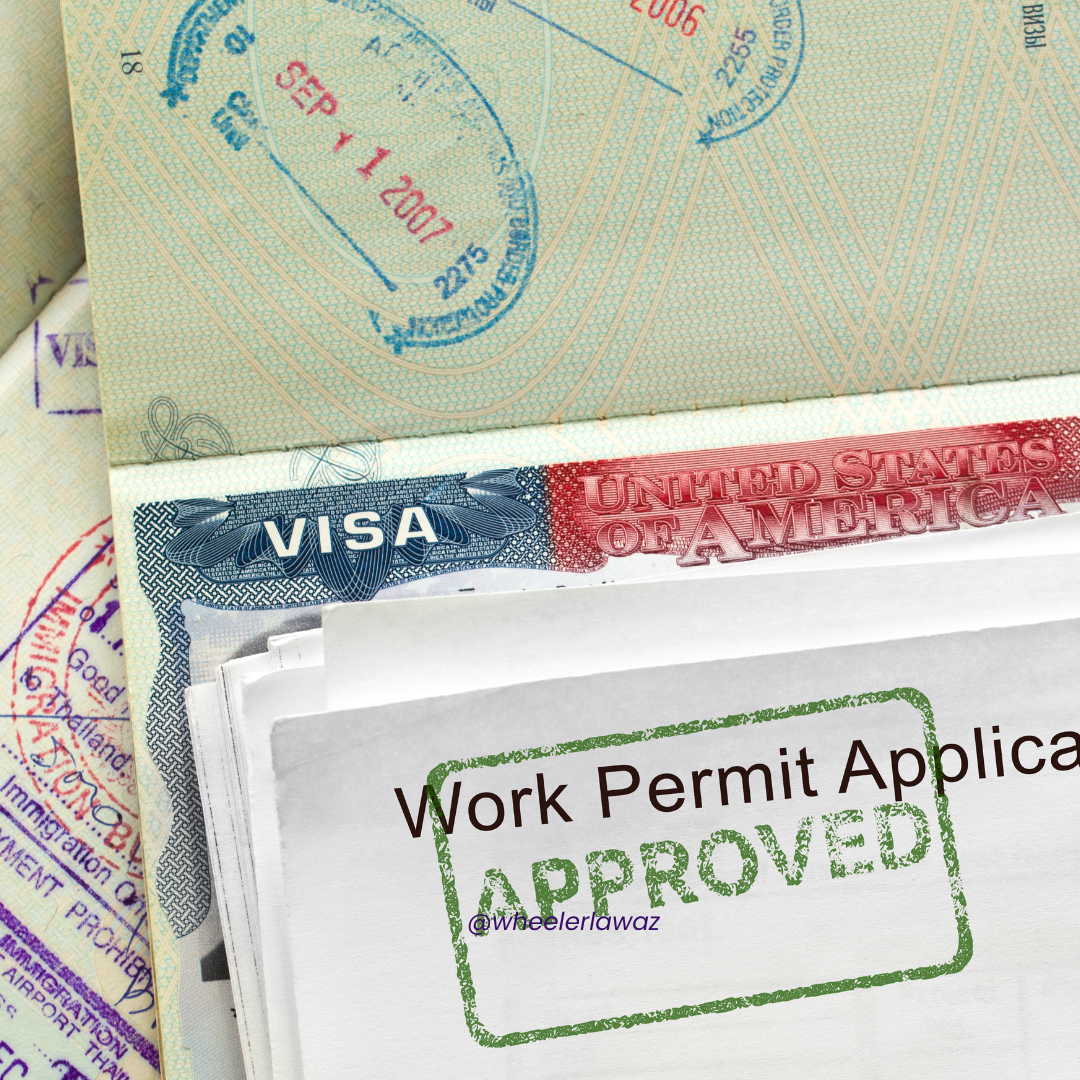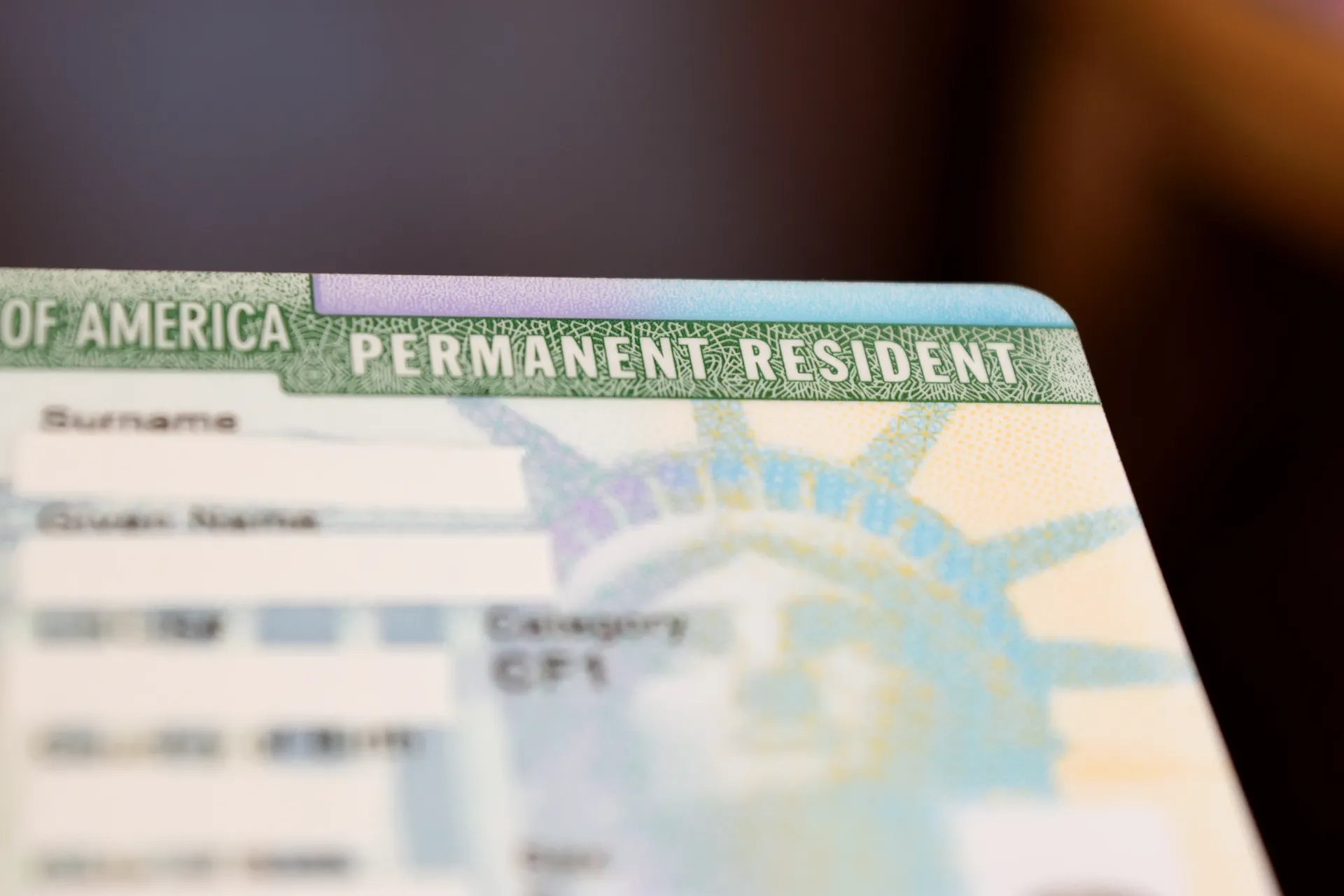Contact Us
Phone: 602-586-5625
Location
7227 N. 16th Street
Suite 195
Phoenix, Arizona 85020
Hours
- Mon - Fri
- -
- Sat - Sun
- Closed
Arizona’s Criminal Process and How it Works
Arizona’s Criminal Process and How it Works
Do you know how the criminal process works in Arizona? The criminal process encompasses every part of a case, and it can be broken into four different phases including Investigation, Accusation, Litigation, and Resolution. The process can seem overwhelming at first, but taking the time to understand it will give you a better idea of what to expect in the legal journey ahead.
Investigation
The investigation may be obvious, like a traffic stop and DUI investigation, or it may occur without your knowledge as detectives conduct surveillance and collect evidence. During this phase, investigators are trying to determine if a crime has been committed and who is responsible for that crime. As the investigation continues, the investigators will begin to focus on one or more suspects, and actively look for evidence that ties those people to the suspected offense.
If you have been contacted by police, or believe you are the subject of a criminal investigation, reach out to a criminal defense attorney immediately. The sooner an attorney gets involved in your case, the more he or she can do to help you.
Accusation
Once investigators believe they have enough information to make a formal accusation, they will make an arrest or refer the case to a prosecuting agency for charging. If investigators decide to submit the case to a prosecutor, the prosecutor will decide whether to file a direct complaint or assemble a Grand Jury and seek an indictment.
Occasionally, when investigators make an arrest, a prosecutor may decline to file charges at the time. If this occurs, the case may be scratched, and the charges are dismissed. This does not mean that the criminal defendant is off the hook. Scratched cases can be filed at any time within the statute of limitations, which is generally 7 years for Felony offenses and 2 years for Misdemeanors.
If a charge is filed by direct complaint, the defendant will receive a summons for their first court date. If indicted by a Grand Jury, a warrant will be issued for the defendant’s arrest.
Whether indicted by Grand Jury or faced with a direct complaint, the defendant has now been formally accused of a crime by the State of Arizona.
If you or someone you know has been arrested or summoned to court, contact a criminal attorney immediately.
Litigation
Once someone is accused of a crime and has entered a plea of not guilty, they enter the litigation phase of the criminal process. During this phase, the parties (the State and Defendant) will begin exchanging information in preparation for trial and begin negotiating to determine if the matter can be resolved via plea agreement. This is also when the parties may argue over legal issues, and file motions that will shape the information that a jury might hear at trial.
The litigation phase may conclude with a dismissal, a plea agreement, or the conclusion of a trial.
Cases can resolve in dismissals if there’s a legal issue touching on the collection of evidence or there’s a lack of witness testimonies, meaning the State cannot prove its case. Prosecutors rarely voluntarily dismiss criminal charges.
A plea agreement is a contract between a criminal defendant and the State of Arizona. The contract defines the punishment the criminal defendant faces and limits judges to the agreed-upon punishment. In exchange, the criminal defendant agrees to give up certain rights, including their right to a trial, and enter a plea of guilty. Most criminal cases in Arizona are resolved by a plea agreement.
Trials in Arizona may be conducted in front of a jury, or in front of a judge alone. Every Felony case is eligible for a jury trial in Arizona, but some Misdemeanor cases may be heard by a judge alone. At a trial, the judge or jury will listen to the presentation of evidence, the testimony of any witnesses, arguments of the prosecutor, and a criminal defense attorney, before deciding if the defendant is guilty of the crime he or she is accused of.
Resolution
If a criminal defendant opts to enter a plea or is found guilty by the judge or jury at trial, he or she will move on to the resolution phase. This phase includes the guilty plea proceeding, mitigation hearing, and sentencing.
The guilty plea proceeding is a short and simple setting where a judge reviews the determination of guilt and makes a record that the determination was free of certain errors. If a criminal defendant is entering into a plea agreement, the judge will determine that the contract was entered into voluntarily and that the defendant understands the plea agreement. If the defendant was found guilty at trial, the judge will make a record that the judgment was proper.
The mitigation hearing is a setting where the defense attorney has an opportunity to present mitigating information to the judge. This setting occurs after a defendant has been found guilty, and before sentencing. Mitigating information is information that tends to soften the judge’s position. For example, if a client was convicted of possession of narcotic drugs, at the mitigation hearing, we would present evidence that they developed an opioid addiction after being prescribed pain killers following an accident at work. This information does not excuse the fact that they were in possession of drugs, but it does make their conduct more understandable and is something the judge considered during sentencing.
Sentencing is usually the last setting in a criminal matter unless restitution is at issue. Sentencing is the hearing where the judge imposes punishment on the criminal defendant. The judge will consider any mitigating or aggravating factors, the terms of the plea agreement (if there is one), and the potential range of penalties prescribed by Arizona law. The judge will then issue an order that the defendant is taken into custody, or report to probation to begin his or her sentence.
The criminal process can be overwhelming for those involved, and many individuals wonder how to find a criminal defense attorney when they suddenly find themselves in it. If you believe you’re the subject of a criminal investigation, contact us immediately for a free consultation and one of our attorneys will help you navigate your case.





Schedule a Case Evaluation
Contact us now!
Disclaimer: The information on this website is for general information purposes only. Nothing on this site should be taken as legal advice for any individual case or situation. This information is not intended to create, and receipt or viewing does not constitute an attorney-client relationship.
All Rights Reserved | Wheeler Law | Powered By Convert It Marketing | Privacy Policy
All Rights Reserved | Wheeler Law | Powered By Convert It Marketing | Privacy Policy




